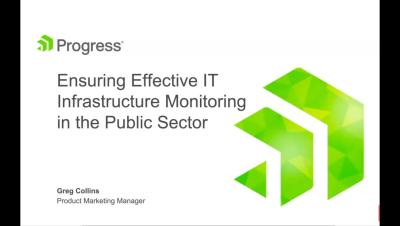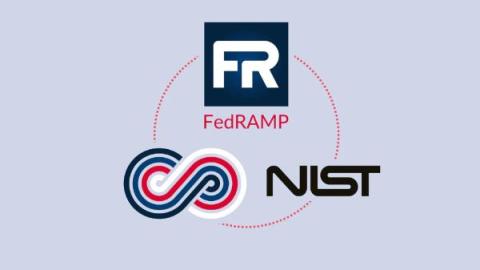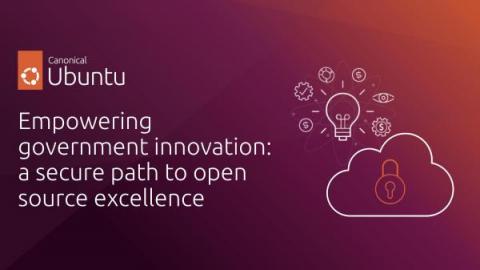Operations | Monitoring | ITSM | DevOps | Cloud
Public Sector
How Cribl Helps the UK Public Sector Manage Challenges Around Growing Data Costs and Complexity
Ensuring Effective IT Infrastructure Monitoring in the Public Sector
US federal agencies and AI: The race is on
Audit finds that there are 1,200+ government AI use cases in development and in use today.
The future of generative AI in public sector
Recently, I sat down with Adelaide O’Brien, research vice president at IDC Government Insights, to discuss the current and future state of generative AI in the public sector worldwide. The full conversation is available to view on demand, but I also wanted to highlight some of the takeaways from the discussion.
Demystifying FEDRAMP and NIST for Continuous Compliance
Today, federal agencies rely extensively on Cloud-based SaaS applications for everything from payment processing and document management, to data security and employee workflow automation. These tools help departments to function very efficiently, but because they are being used for essential government functions, it’s vital that they are safe and secure. For example, personnel at The Pentagon or The Department of Homeland Security can’t just choose any software vendor in the marketplace.
ITIM and the Public Sector: How Network Monitoring Rises to the Challenge
Government agencies and public sector organizations are a tantalizing hacker target. Cybercriminals go after public sector organizations because they hold confidential, often classified, information – the exact data state-sponsored and other criminal groups salivate over. The Cybersecurity and Infrastructure Security Agency, or CISA, along with the United States Computer Emergency Readiness Team, or CERT, have warned public sector IT of key threats.











